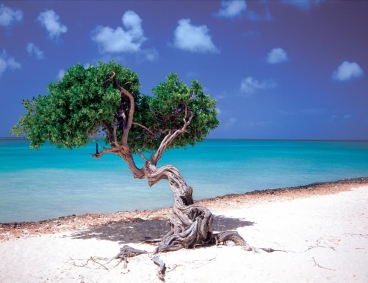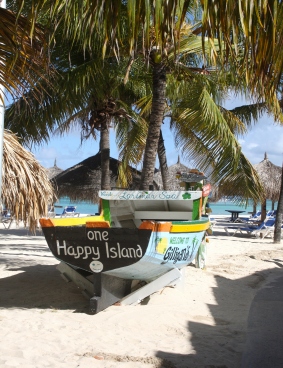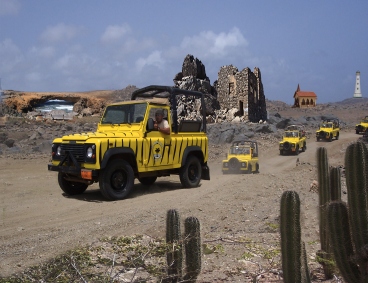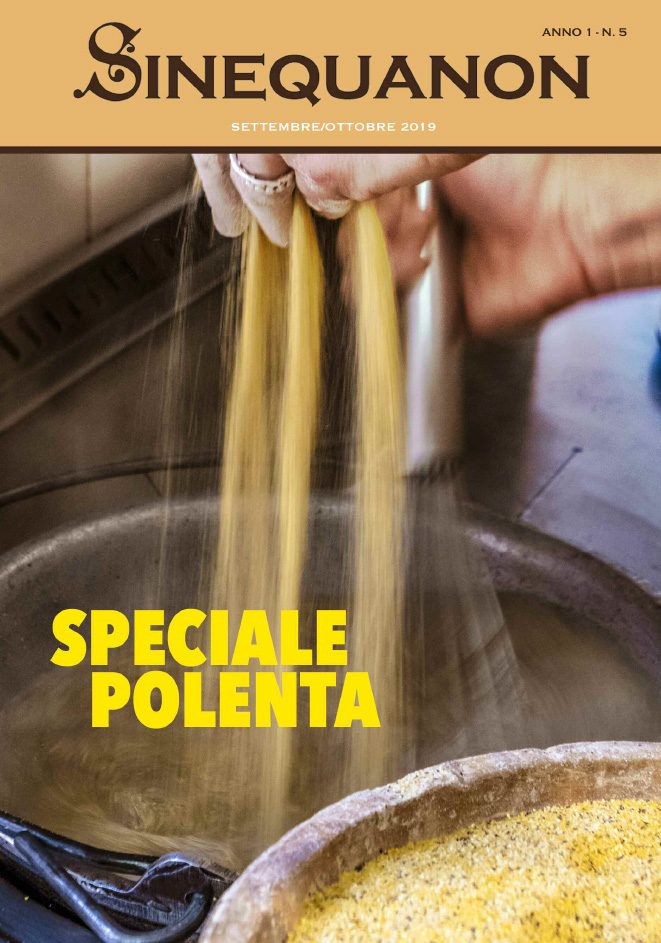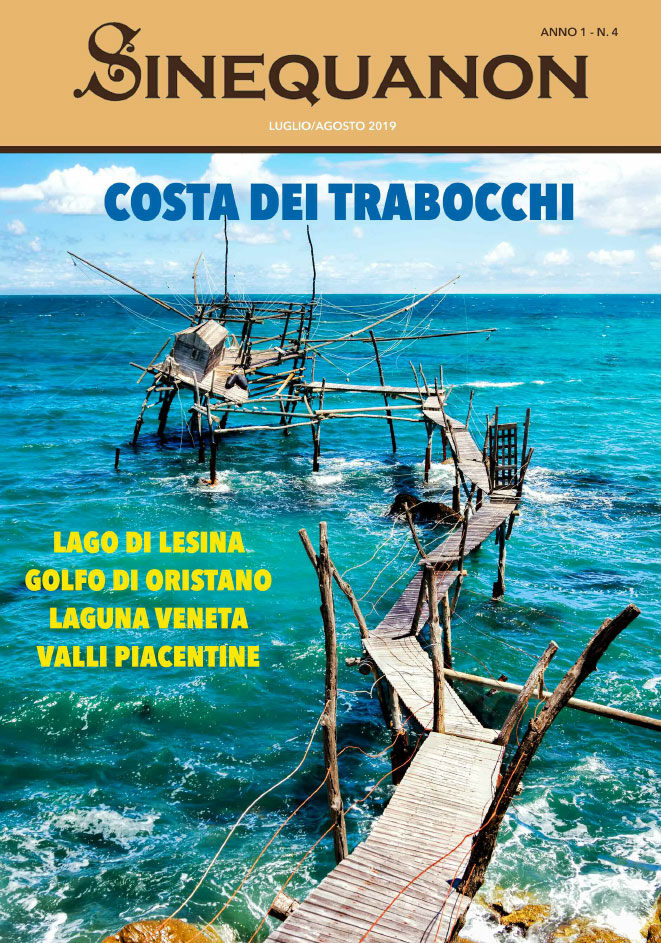Words and photos by Pamela McCourt Francescone
It’s impossible not to fall in love with Aruba. A dot in the ocean, 15 miles off the coast of Venezuela, with countless aces up its sleeve: sapphire-blue seas, year-round sunshine, an average temperature of 82° tempered by cooling trade winds, and its position outside the hurricane belt. Then there is that moderation and matter-of-factness typical of the Dutch character and the spontaneous warmth of the Arubans. Add a generous dash of Caribbean joie de vivre, and you can understand why so many consider Aruba a true paradise on earth. Aruba is an island with two souls: a sophisticated, happy, verdant soul that stretches the length of the southern coast, and a harsh, arid and austere soul along its northern seaboard. Being an arid island it has always struggled with its lack of water. And nowhere is this more evident than on the desert-like northern side with its rugged coastline, sand dunes and cacti. Take the road past the California Lighthouse towards the Arikok National Park into the dramatic, wind-swept, untouched landscape of sand dunes, low hills and rock formations, and stop at old gold mines and caves with early Aruban rock drawings. There are walking trails to be enjoyed on foot or on sturdy 4-wheel drives and quads. An ostrich farm, bird sanctuary, butterfly farm and donkey sanctuary are further attractions, as is the sea turtle nesting season from March to September when the turtles lay their eggs in little coves, washed up on land by the crashing, tumbling waves that beat endlessly on the rocky outcroppings and the arid windward shoreline.
But the Aruba most people fall in love with is the leeward side with its white powder-soft beaches, shimmering turquoise waters and emerald green golf courses which, like everything on Aruba, depend on the massive Balashi desalinization plant to filter sea water through coral rocks.There are two hotel zones, one with high-rise luxury international brands including the Westin, Occidental, Hyatt Regency and Renaissance fronting Palm Beach, and the other low-rise area along Eagle Beach with its swaying palms, rightly regarded as one of the world’s dream beaches, which is closer to Oranjestad and has boutique hotels and charming resorts. Like the Bucuti & Tara Resorts developed by Ewald Biemens, a pioneer of the green movement in the Caribbean, and a passionate supporter of responsible tourism and environmental conservation who envisioned the Bucuti not just as a luxury resort, but also a lesson in sustainable tourism.You can get around the island in an afternoon, as it is a mere 32 kilometres long and ten wide. In 199 the Spanish were the first to conquer the island, inhabited up to then by Arawak Indians, and, finding human remains much larger than those discovered in other parts of the Caribbean named it Isla de los Gigantes. In 1634 the Dutch took Curacao as a base from which to attach the Spanish Armada. Then, in 1636 they invaded Bonaire and Aruba and, except for a brief interval of ten years from 1806 to 1806 when it was occupied by the British, Aruba together with its Dutch Antilles’ neighbours Bonaire and Curacao, has been one of the so-called ABC Islands, autonomous regions of the Kingdom of the Netherlands. The two official languages are Dutch and Papiamento, which is mix of Spanish, Dutch and Portuguese. But the 120,000 islanders, who belong to 96 distinct nationalities, also speak English and Spanish, and still use the Aruban Florin.
The Queen Beatrix International Airport is close to the capital Oranjestad, a pint-sized historical city with typical Dutch-Aruban style pastel houses combining sloping tiled roofs, carved wooden doors and airy open galleries. Cruise ships dock at the terminal in Oranjestad which is a sort walk away from the capital’s air-conditioned malls, shops, restaurants and bars into which spill over 500,000 cruise passengers every year.It’s impossible to be bored on Aruba. Water lovers will delight in the wide range of sports. Divers will discover underwater sites and WW2 wrecks in the waters which are soupy-warm all year round. Visitors can also have fun with the Snuba, going underwater linked to a long tube, which is attached to an oxygen tank that sits on a raft and follows their movements along the seabed, making it possible to breathe and move freely without having to put on heavy diving equipment. And then there is the Sea Trek, which entails putting on a diver’s helmet to walk along the seabed. The island has three golf courses, the La Tierra del Sol and Aruba Golf Club with 18 holes, and the 9-hole The Links at Divi Aruba, and then there is deep-sea fishing, kayaking, kite surfing, wind surfing and submarine cruises. Culture vultures will love the local architecture, the monuments and the many unusual museums which include the Numismatic Museum, Antiquity Museum, Aloe Museum, Bible Museum and Model Trains Museum. Gourmets are supremely well catered for and, indeed, there are restaurants to suit all tastes on the island while a must-try is the excellent local Balashi beer. Night owls will appreciate the night life which goes on well into the small hours in the bars and restaurants along the beaches, in the many casinos and in the theatres which put on shows as spectacular as any Las Vegas extravaganzas.
For those who crave the countryside the centre of the island is charming with a laid-back bucolic air, cultivated fields, country roads and small farms. And then there is Eddie Paris’s Cunuco Arubiano, the only Small Luxury Hotels of the World on the island, a boutique eco-resort in Santa Cruz with three charming casitas in old Aruban style, one red, one blue and one yellow. The Cunuco (the name means countryside in Papiamento) also has a swimming pool and a wine cellar with over 500 international wines. It is just five minutes from a private cove, ten from the airport and is next to the Aruba Donkey Sanctuary which can be visited. Although it is the donkeys who usually visit the Cunucu’s guests, lining up behind the fence at sundown, hoping to be fed some tasty titbits. Which images do you take away with you after a holiday on Aruba? More than you could possibly count, but one of the most memorable will be of the solitary gnarled divi-divi trees, their wind-sculpted foliage silhouetted against outrageously blue skies and seas. And then, of course, there are the infectious smiles of the happy, friendly islanders whose greeting is Bonbini, welcome! Aruba. Impossible to forget.
Aruba Tourism Authority
Giennie Tromp – Marketing Executive
g.tromp@aruba.com

